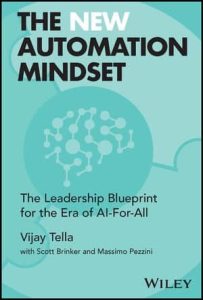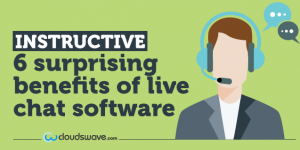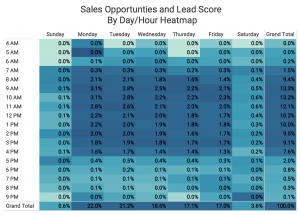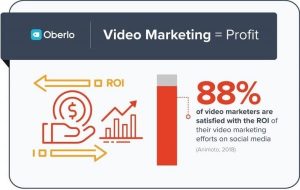Traditional marketing is making a shift toward digital and the trend is getting stronger every year. According to premier research agencies, digital ad spending will overtake ad spending on traditional media such as TV etc. in 2017. So, the next year the total ad spend by the businesses on TV ads and Internet ads would be around $ 72 billion and $ 77 respectively – which clearly sends the message that we are heading towards “a digital future”.

According to eMarketer, Digital-ad-market is steadily growly with an annual growth rate of around 15%. Marketers all around the world are now feeling the heat as the market space in the digital world is getting competitive day by day. Old practices are dying and getting replaced by new ones. There is greater need of informative, relevant, engaging and useful content. Content that really solves problems and hooks the customer. According to credible sources, most of the companies fail to execute a proper content marketing campaign that generates leads, grows audience and builds your reputation.
Click here to know the reasons you are failing at Content Marketing.
Marketers are facing a dual challenge. On one side, market space is getting crowded and it’s getting difficult to achieve visibility with each passing day. While on the other hand, there is manpower crunch in the market and sourcing skilled, trained and efficient employees is slowly, becoming difficult.
it’s also found that around 75% of the CEOs are unhappy with the performance of their digital marketing staff. Their confidence in their teams is decreasing and reasons are varied.
There is a need to keep yourself updated with the latest trends in this field and continue learning new skills in order to survive.
Here are some tips to design a successful digital marketing strategy in 2016 and beyond.
1. Be Data Driven
A data-driven campaign is often the most effective campaign. Many of the startups and established businesses have embraced data-driven plans. According to experts, this evolutionary incident of marketing will turn into a revolutionary trend in 2016 and beyond. Data is required to get certain business objectives and it will also ensure the ROI on your digital marketing spend.

[Courtesy: echristensen42.com]
Get to know the most profitable marketing channel
A data-driven strategy will also help in analytics as to which channel is performing better and how to manage your content’s lifecycle.
Develop Customer Personas
It will also facilitate you in conducting market research. There are various channels you can choose to conduct such surveys that include social media, mobile surveys, marketing tools, traditional questionnaires and email campaigns, etc.
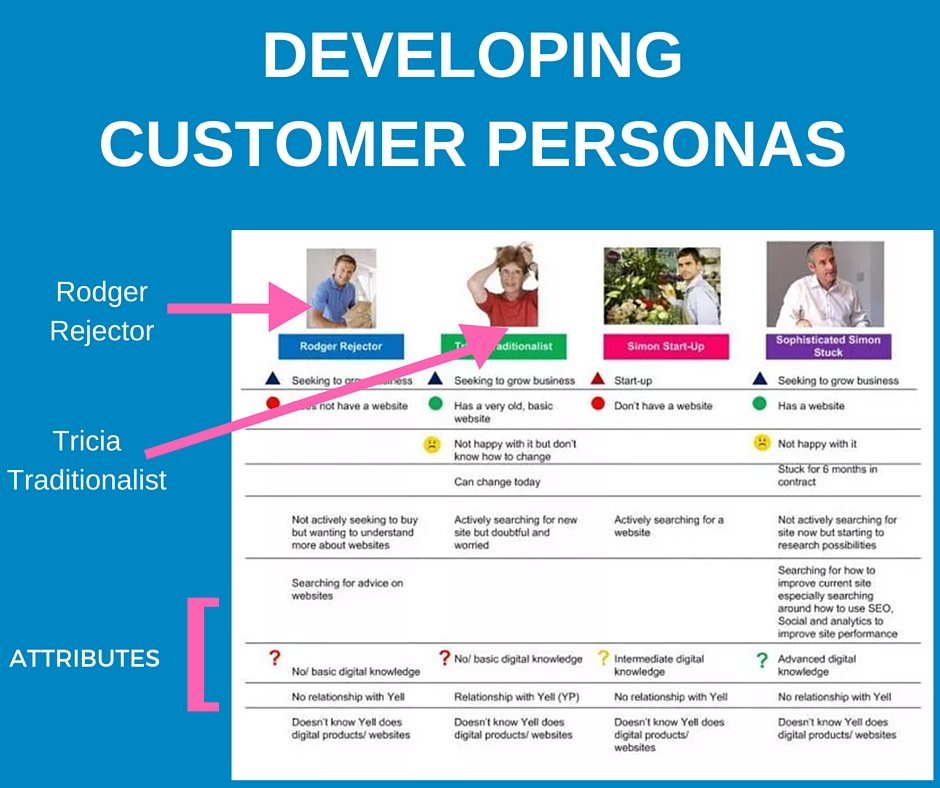
[Courtesy: blog.kissmetrics.com]
This way you can develop customer personas and that will, in turn, help you to develop better content strategy, ad campaigns, and social marketing strategy.
Click here to know how to define a buyer persona.
So, data always helps you in business decisions but make sure that you’re not paralyzed by an overdose of data.
How to collect and use data?
Data can propel you to achieve the best results in marketing. First, determine what your business goals are and how would they ensure your success. Look beyond simple print and online ads that we see on TV and newspapers. We don’t always need that big budget exercises. New technologies have empowered us to leverage social media and email marketing to target specific audiences in minimum spend.
Please go through the following post, if you want to know how to collect data for your digital marketing efforts using social media APIs (Application Programming Interface):
Data Collection Strategy to Expand Digital Marketing Insights

Image credit: sherpablog.marketingsherpa.com
2. Make Sure Your Content is Engaging
Forget about quality content, Google is now looking for ENGAGING CONTENT.
If your content is engaging and has maximum visibility, it will be rewarded by Google. So, apart from quality, your content should also have a high level of engagement. It should add so much value that people find themselves compelled to share it.

[Courtesy: sooperfella.com]
We are in a broader social media-centric digital realm, where engagement and “usefulness” have a greater edge over “quality”. So, create the kind of content that the readers would read, like and share your content.
Views, “likes”, and shares are the metrics for normal content. For premium content such as ebooks and whitepapers, we use a separate metric to measure its effectiveness and that’s the number of downloads it attracts. Premium content includes white papers, “how to” guides, ebooks, videos, and PPTs.
Tip to create engaging content
Keep track of feedback you receive from readers. Apart from organic distribution, you can try other growth hacking techniques as well. Use different channels to distribute your content such as paid advertising, blogging, social media, and email marketing, etc.

[Courtesy: http://expertbeacon.com/how-create-engaging-content-your-business-website/]
Don’t forget to repurpose the content into videos and podcasts, it will multiply your content without having to conduct additional research to create fresh content.
When you create content, ask yourself these questions:
Do my readers have reason to share it?
Will my content trigger a response?
Will my content help me connect with my audience on an emotional level?
Will my content withstand the power and volume of “content tornado” on the Internet?
3. Share Your Message Using Storytelling Format and Visuals
The best way to communicate your thoughts and message these days is through storytelling and using visuals.
Videos and graphics can be wonderful tools to tell your story and you can use it on both your blog and social media channels.
You can easily achieve your business goals using this compelling and captivating technique. Featured images and infographics are quite popular and brands are frequently using them for content marketing.
Here are some useful facts about visual content:
- Around 50% digital marketers agree that visuals are very important when it comes to content marketing strategies
- Visual content receives almost 100% more views than content without images
- More than 75% content strategists are determined to produce more engaging content in 2016.
- Around 50% marketers are focused on creating visual content this year
- For majority of marketers, the priority is in this order: A. Blog B. Visual content C. Videos
The Art of Storytelling: A Techmagnate InfographicHere is an interesting and informative infographic that will explain how you can introduce the element of storytelling in your content.

Tip: Try to make maximum use of Google+ and YouTube, i.e. the Google properties. This will add to the visibility of your content. Make storytelling, videos and pictures an integral part pf your content.
You can also have a video channel that you can use as your mouthpiece. You can provide links to your popular videos on your blog and website.
4. Go for Personalized Marketing
You need effective targeting for a successful marketing campaign and personalized marketing is the only way out. Just like 3600 marketing approach, your content should also target different buyer personas and their specific needs.

[Courtesy: socialsteve.wordpress.com]
What are the buyers keen on in the digital space?
They look for the content that is tailored specifically to match their needs.
Make sure you target these personas through your content, while you’re armed with data and research.
As emphasized above data-driven marketing strategy yields better results and ROI.
Offer your audience some personalized experience.
And this applies to all the content being distributed on different channels.
Tip: Be a little empathetic and address their pain points kindly, while suggesting them the solutions convincingly.

[Courtesy: www.slideshare.net]
Use the digital ecosystem to always stay on top of your customers’ mind.
Engage on social media and send personalized emails.
Use emails to engage your prospects on your social channels such as Facebook, Twitter, Instagram, SnapChat, and Vine etc.
Build a loyal audience by keeping them informed.
5. Listen to Your Customers
Eavesdropping on social media conversations about your brand, product line and line of business is a must to become a successful marketer. These insights also help you to improve your marketing campaigns.

Monitor social conversations and you’ll get better insights on how to plug the loopholes.
Capture as much data as possible through these conversations.
Tip 1:
Setup a process so that you can assist your customers and provide them timely help and response based on the feedback provided by them on social media.
Tip 2:
Share content that’s interesting to your customers and at the same time, it should also promote your brand.
Source: The Financial Brand
How to monitor social media conversations?
You can use many tools to eavesdrop on social media conversations about your brand and niche.
Click this link to know how to use Hootsuite for ethical eavesdropping on social media.
6. Diversify Your Marketing Efforts
The key to success is not to restrict yourselves to only a few channels.
Don’t be lazy. Use different tools and digital platforms to assert your presence in this ever-expanding space of the digital world.
It’s also a good idea to use analytics to know where you’re receiving the best results and more revenue.
Also, get to know to customer life cycle.
Create your campaigns according to buyer journey and buyer personas.
Send appropriate messages according to buyer journey.

Send a customer from one life cycle to the next. The way Nokia mobiles (now Microsoft) did when they launched their ambitious Lumia series. They targeted their drifting customers, using their well-known USP – “better quality, brand value, and durable products”. Now, all of this was bundled with the latest touchscreen technology.
Lumia campaigns were successful and Nokia was able to move their loyal customer-base into their next life cycle.

They actually used marketing data that indicated that people weren’t rejecting Nokia as a brand, but they wanted a product that can compete with iPhone in terms of both features and performance.
They used almost all the popular channels including traditional media and social media to reach their audiences and they sent targeted messages to them that as a phone Lumia range can be trusted for better performance. #LumiaChallenge, #MakeItHappen” and “Blown away by Lumia” were similar marketing campaigns.

[Courtesy: mynokiablog.com]
Click this link to know about buyer personas and how to map content to the buyer’s journey.
This whitepaper would also be very helpful to understand customer journey maps:
Customer Journey Maps and Buyer Personas
Digital & Social Articles on Business 2 Community
(116)





